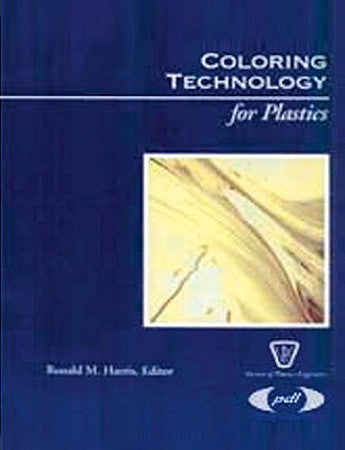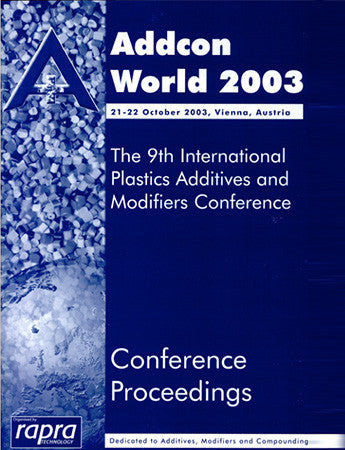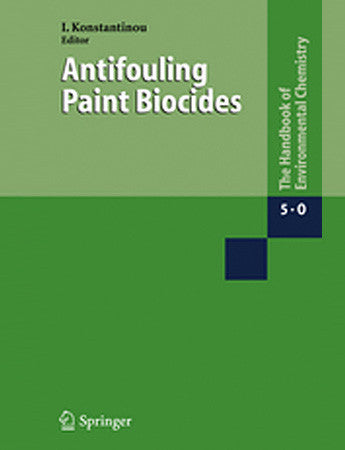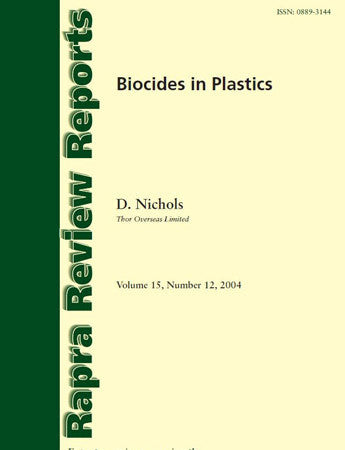The effect of pigment incorporation depends on a texture of material, its surface smoothness, gloss, effective methods of static electricity control during incorporation, and proper dispersion. Separate chapters discuss these influences. This section also includes dispersing aids and different methods of dispersion. For the efficient production and to reduce inventory, new methods are discussed to color neutral bases and monitor results by in-line methods. The methods discussed allow for rapid changes of colors, increased efficiency of pigments and improvement of their processability in injection molding, extrusion, and printing.
Practical effects of coloring are evaluated by instrumental methods to decrease variability in coloring, establish specifications, select the most effective methods of pigment incorporation, and design the cost effective formulations. Some new testing techniques are presented, such as FTIR, NIR, multi-angle spectroscopy, which are used to determine polymers in the presence of fillers, monitor the concentration of stabilizers, investigate materials containing metallic and pearlescent pigments, and study polymer blends containing pigments.
Studies presented elaborate on the effect of pigments on properties of colored materials. Two chapters are devoted to the nucleating effect of pigments and polymer crystallization in pigment presence. These processes may either shorten production time or negatively affect mechanical properties of final products. The results depend on composition and technology of processing which are discussed. Several methods of polymer processing such as extrusion, injection molding, coating, welding are discussed in relationship to pigment presence in formulations.
Laser marking of various final products is becoming a new efficient technological process of final product manufacture. This book contains information on simple laser marking techniques. But, it also discusses possibilities of decorating plastics by laser techniques which allow to obtain gray scale images and multi-color images. The subject is discussed from different angles including suitable methods and equipment, parameters of processing, choice of plastics for marking, and choice of pigments to enhance obtained images.
If color of the product or its marking are of concern, this book offers many tips on how to achieve improvements and avoid problems.
CONTENTS
Pigments and Dyes
A Primer on Colorful Additives
Photochromic Dyes of Enhanced Performance
Three Color Effects from Interference Pigments
Fluorescent Pigments as Plastic Colorants: An Overview
Color Styling with Genuine Metallics in Plastics
Metallic Looking Plastics with New Silver and Aluminum Pigments
Ultramarine Blue, an Old Pigment, a New Process
Predicting Maximum Field Service Temperatures from Solar Reflectance. Measurements of Vinyl
Reacting Trapping of 2,3'-Dichlorobenzidine Decomposition Products in Polyethylene Based Diarylide Pigment Concentrates
Photoresponsive Polyurethane-Acrylate Copolymers
Safety, Health and Environmental Regulatory Affairs for Colorants used in the Plastics Industry
Visual Texture
Effective Pigment Incorporation
Surface Smoothness and Its Influence on Paint Appearance. How to Measure and Control It?
Static Control Methods in Plastics Decorating to Reduce Rejection Rates and Increase Production Efficiency
Dispersive Mixing of Surfactant-Modified Titanium Dioxide Agglomerates into High Density Polyethylenes
A Comparative Study of the Use of High Intensity Dispersive Mixers and Co-Rotating Twin Screw Extruders in the Manufacture of High Quality Color Concentrates
In-Line Color Monitoring of Pigmented Polyolefins during Extrusion
The Effects of Injection Molding Parameters on Color and Gloss
Method for Effective Color Change in Extrusion Blow Molding Accumulator Heads
Four Color Process Compact Disc Printing: Getting as Close as Possible to Photorealism
Improving the Processability of Fluorescent Pigments
Testing Colored Products
Understanding Test Variation. A Plastics Case Study
Visual Color Matching and the Importance of Controlling External Variables
Practical Analysis Techniques of Polymer Fillers by Fourier Transform Infrared Spectroscopy
Multi-Angle Spectrophotometers for Metallic, Pearlescent, and Special Effects Colors
An Investigation of Multiangle Spectrophotometry for Colored Polypropylene Compounds
Color Concerns in Polymer Blends
Effect of Colorants on Properties of Colored Materials
The Effect of Pigments on the Crystallization and Properties of Polypropylene
The Effect of Nucleating Agents on the Morphology and Crystallization Behavior of Polypropylene
Relationship between the Microstructure and the Properties of Rotationally Molded Plastics
Colored Engineering Resins for High Strain/Thin Walled Applications
Feasibility of Automotive Coatings Designed for Direct Adhesion to TPO Materials
Infrared Welding of Thermoplastics. Colored Pigments and Carbon Black Levels on Transmission of Infrared Radiation
Laser Transmission Welding of Thermoplastics: Analysis of the Heating Phase
Laser Marking
Interaction of Lasers with Plastics and Other Materials
Customized Decorating of Plastic Parts with Gray-Scale and Multi-Color Images Using Lasers
Color Laser Marking: A New Marking and Decorating Alternative for Olefins
Implementation of Beam-Steered Laser Marking of Coated and Uncoated Plastics
Lasermarkable Engineering Resins
The Enhancement of Laser Marking Plastic Polymers with Pearlescent Pigments
Index
Ronald M. Harris received his Ph.D. in Chemistry from Harvard University. He completed post-doctoral research ion cancer virus studies at the Worcester Foundation for Experimental Biology. After nine years in academia, teaching chemistry at Worcester State College in Massachusetts, he joined Reed Plastic Corporation and is currently the Worldwide Business Director for Ferro's Liquid Coatings and Dispersions division. He has 10 scientific publications and hold 5 patents related to plastics materials and the coloring of plastics.




